Industries of Jammu, Kashmir and Ladakh
(Notes)
Introduction
In the year 1963, a State Public Sector Undertaking (PSU), J&K Industries Limited came into existence which opened number of units, providing employment to thousands of people. Some prominent industries of the Union Territory of Jammu & Kashmir and the Union Territory of Ladakh are briefly discussed as under.
A. Handicraft and Cottage Industries
- Handlooms;-
The handloom products include blankets, tweeds, lois, pattu's raffal, khadi, pashmina and ailk. Blankets in coloured patterns are made in Kishtwar, Baderwah, Doda, Padder and Billawar in Jammu region. There are many handloom and power loom units in and around Srinagar which produce woollen pattu, tweeds etc. - Handicrafts;-
The flourished very well during the reign of Zain-Ul-Abdin. At present a large proportion of population is involved in this work and is getting good economic returns. Kashmiri handicrafts include Qaleens, Paper Machie, Embroidery, Metal Ware, Wicker Work, Leather and Wood Carving. The handi crafts of Jammu region include hand knitting, bamboo craft, straw work, palm leaf and wood work. Tibetan Rugs and Pashmina Shawls are the important handicrafts in Ladakh region. In Kashmir Valley, Namdas are made of wool of inferior quality and old woollen blankets are used for making Gabbas. The art of felting wool into namdas has come from Yarkand. Namdas and Gabbas are embroidered with thread which gives them colour, beauty and strength. This industry is concentrated in Anantnag, Rainawari in Srinagar and Baramulla districts. - Carpet Making Industry;-
- This art is gift of central Asia. The products are highly priced all over the world with an excellent demand espicially in Middle East and Europe, where most of the produce are exported. The workers of this industry are found in almost all districts of Kashmir, whereas the maximum units of carpet making are concentrated in and around the Srinagar city.
- Kangri Making;-
It ia s cottage industry concentrated in the areas on the banks of Wullar lake near Watlan and at Chrar and Batingoo villages. Kashmir is known for its 'Wicker Willow'. Wicker is used for making baskets, boxes, lamp shades, chairs, tables, trays etc. Srinagar, Harwan, Shalabug, Hazartbal and Soura are the centres of its production. - Paper Machie;-
It is a unique, attractive and exclusive handicraft of Kashmir. Paper and pulp are shaped into a variety of decorative articles and coloured designs are painted on them. The centres of production include Rainawari in Srinagar and Ananatnag Districts. - Pashmina Shawl Industry;-
It is concentrated in Kashmir and Ladakh regions. Famous varities of shawl manufactured in Kashmir are ' Shah Toosh', Ring Shawl, Jamwar, Kanijama. A lesser quality pashmina shawls are produced in Basohli area of Jammu, whereas a high quality yak wool is transformed in the form of shawl in Ladakh.- Silver Ware and Imitation Jewellery;-
Articles like tea pots, cups, saucers, tumblers boxes trays, mirror frames, items of decoration are chief articles of production by this industry. This work requires skill and craft. Engraving is a speciality of Kashmiri engravers. Moreover, Kathua District in Jammunregion is famous for its handicrafts especially for Basohli paintings, Calico paintings and Phoolkari work. Ladakh region is also famous for clay modelling and 'Thanka' paintings. - Silk Industry;- Silk Industry provides permanent and seasonal employment to large number of people directly and indirectly. There are two silk factories in the Union Territory; one at Rambagh and another at Jammu. Rambagh silk factory was established in 1897 by Maharaja Ranbir Singh.


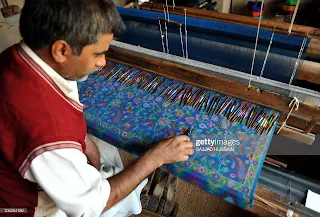
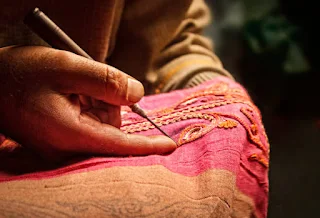
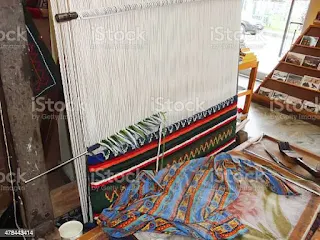
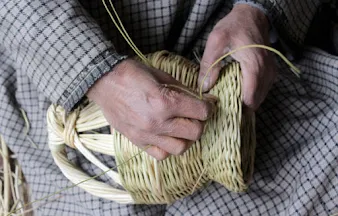
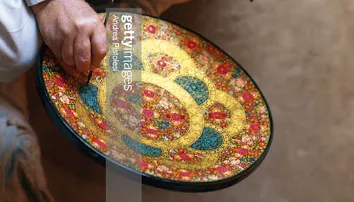
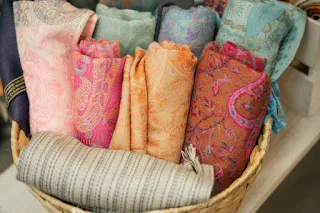
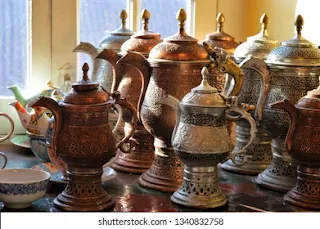

If you have any doubt, suggestion or question, feel free to contact us.